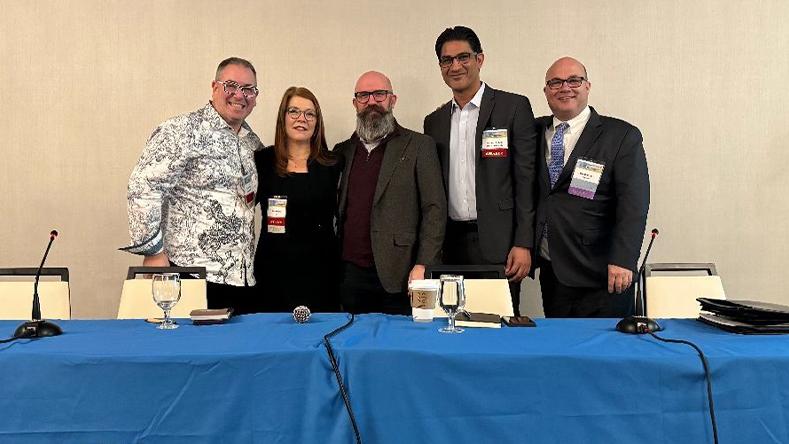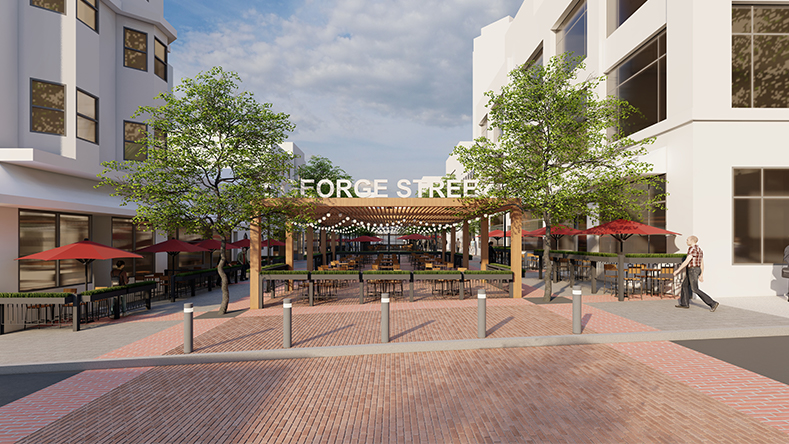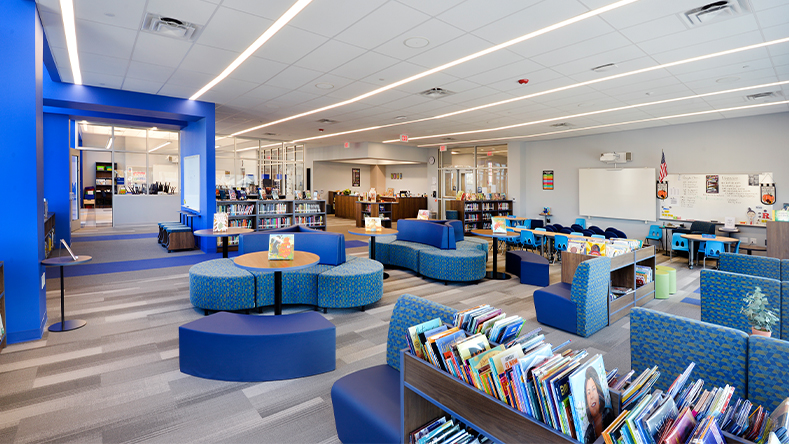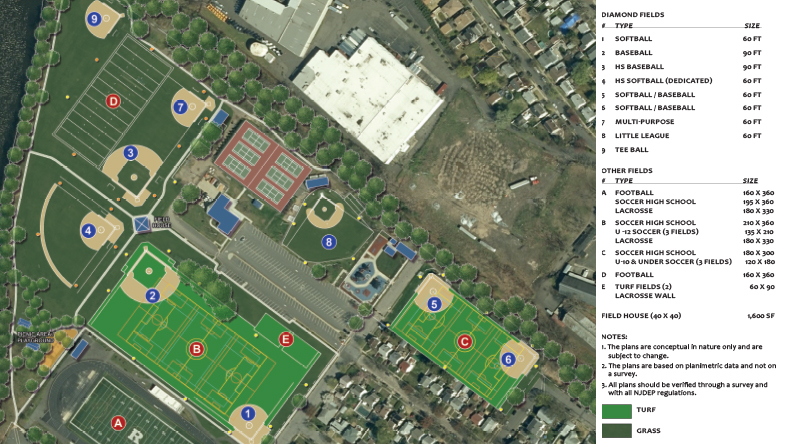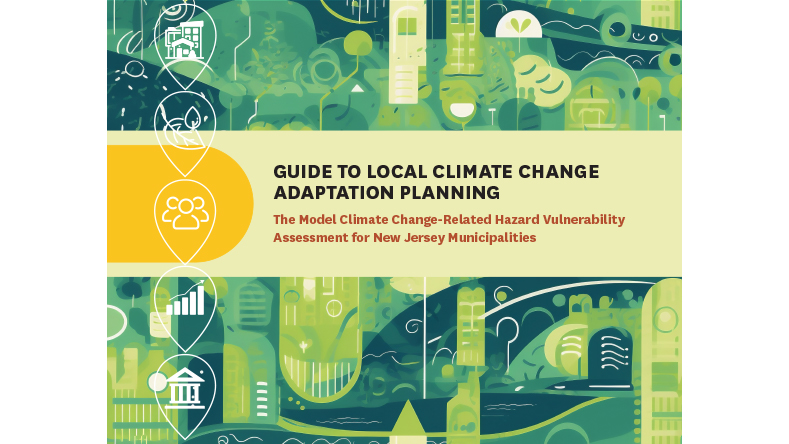On January 30, DMR President & CEO Pradeep Kapoor, AIA joined a panel at the Mid Atlantic Real Estate Journal Healthcare and Medical Properties Conference at the Sheraton Edison Hotel.
Pradeep joined industry colleagues on “Critical Construction and Design Issues for Medical Properties and Hospitals” panel to discuss project planning, financing, design trends and what DMR is seeing in the healthcare marketplace. Other panel members included Nathan Howell of STV, Inc.; Kate Kerpcha of BFI; Mitchell Brie of Empower HCP & moderator Ron Simoncini of Axiom Communications.
Prior to assuming the role of President & CEO of DMR in January 2024, Pradeep established himself as a leader in specialty work during his 20+ year tenure with the firm. As a project manager and project executive, he has led healthcare projects for clients including Robert Wood Johnson University Hospital, Hackensack Meridian Health, Hunterdon Healthcare, Valley Hospital and St. Peter’s University Hospital.
For more on DMR’s healthcare experience, visit our portfolio page.


